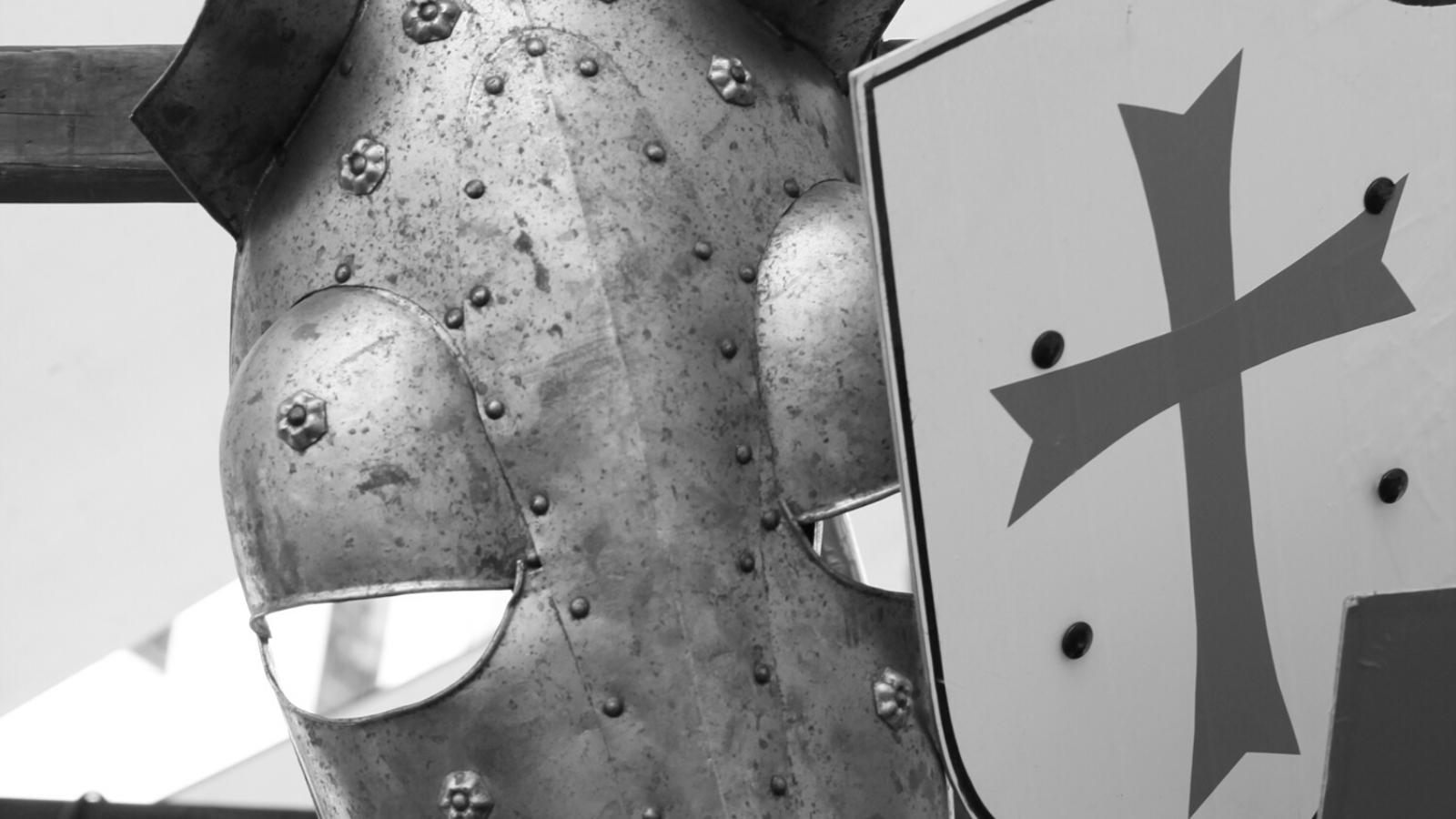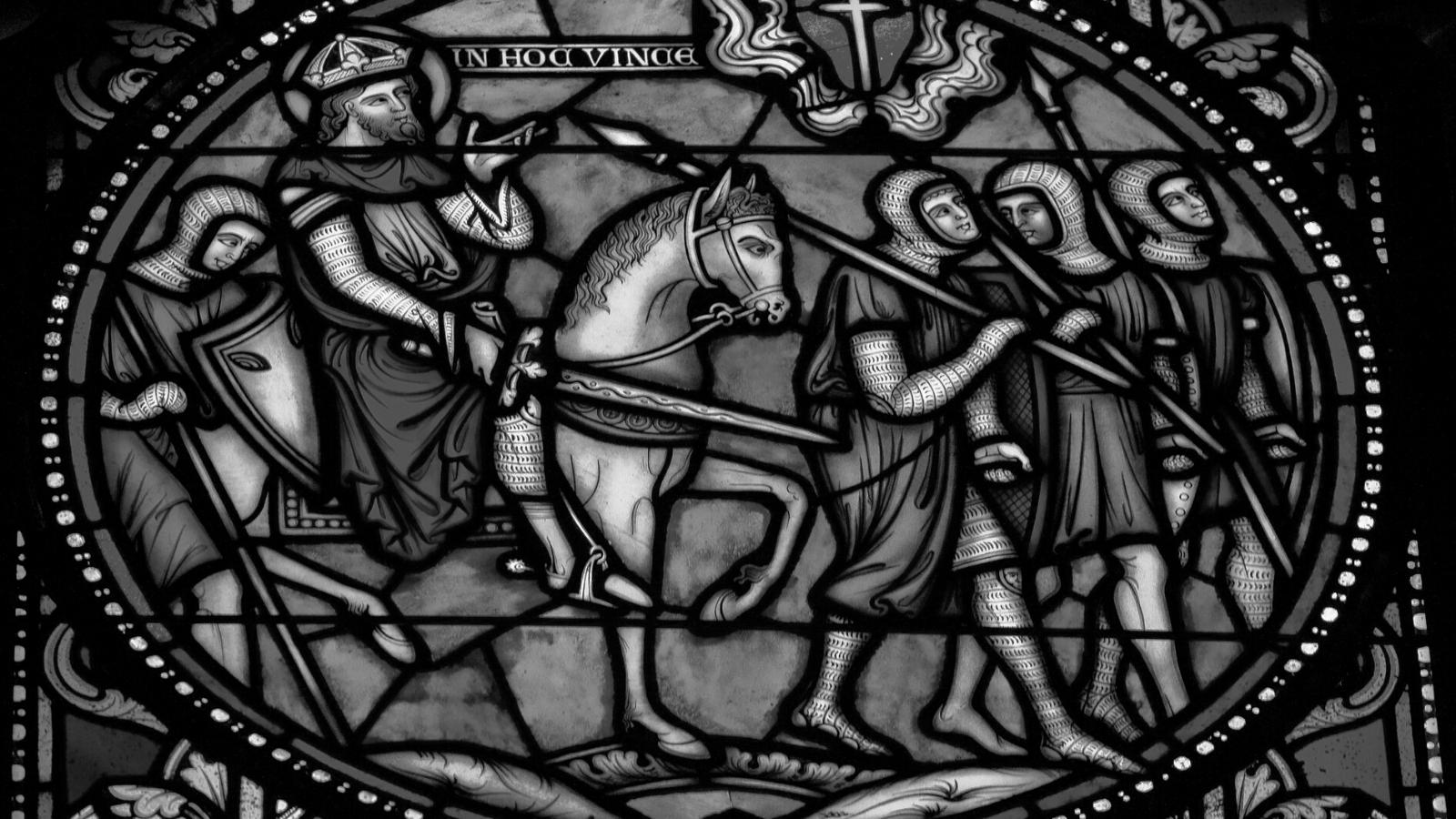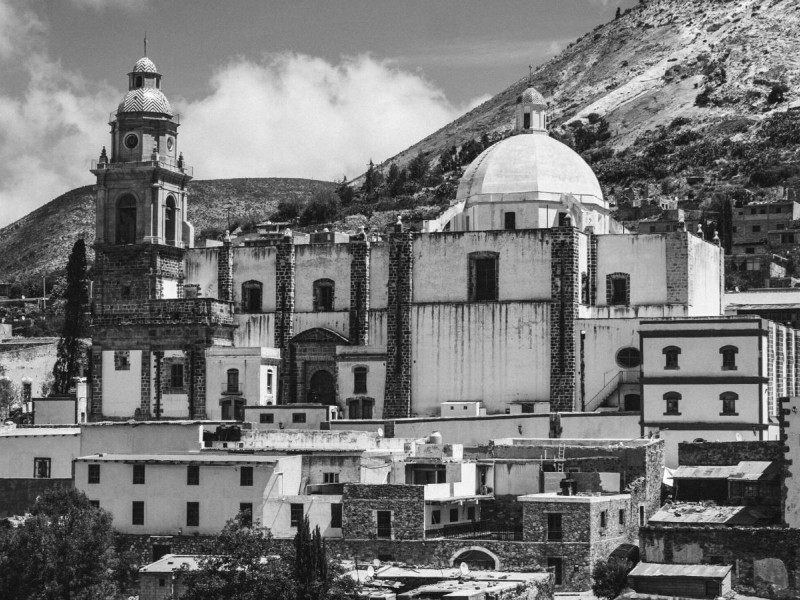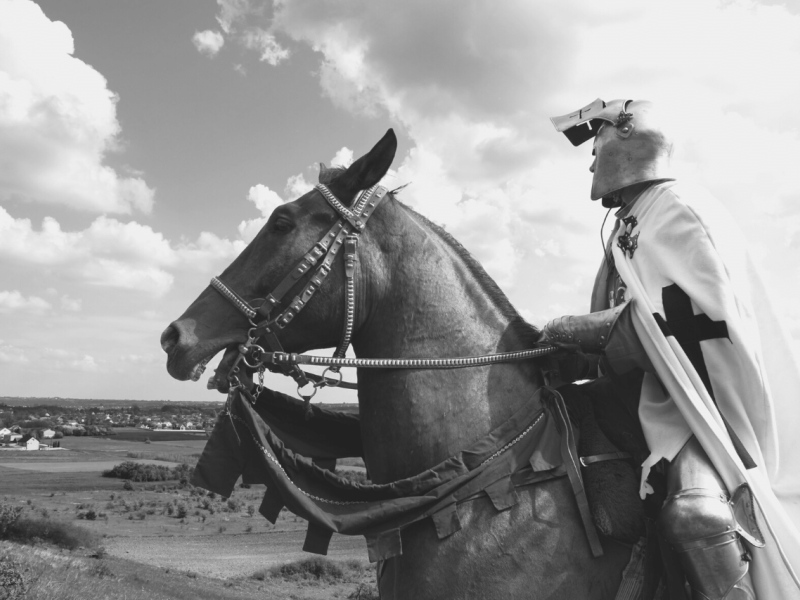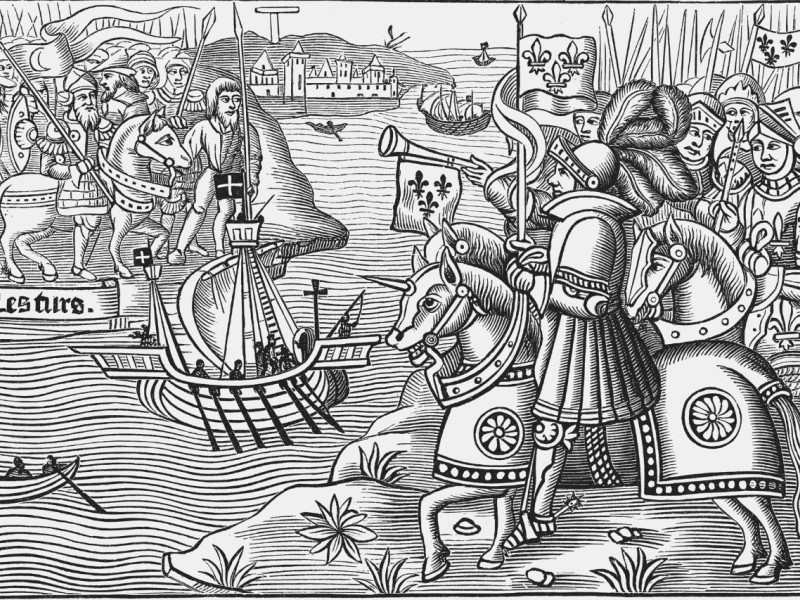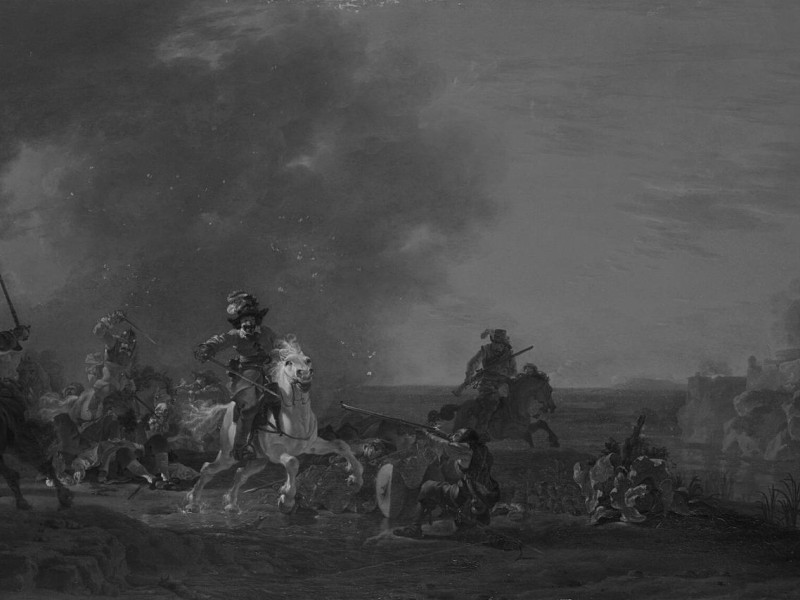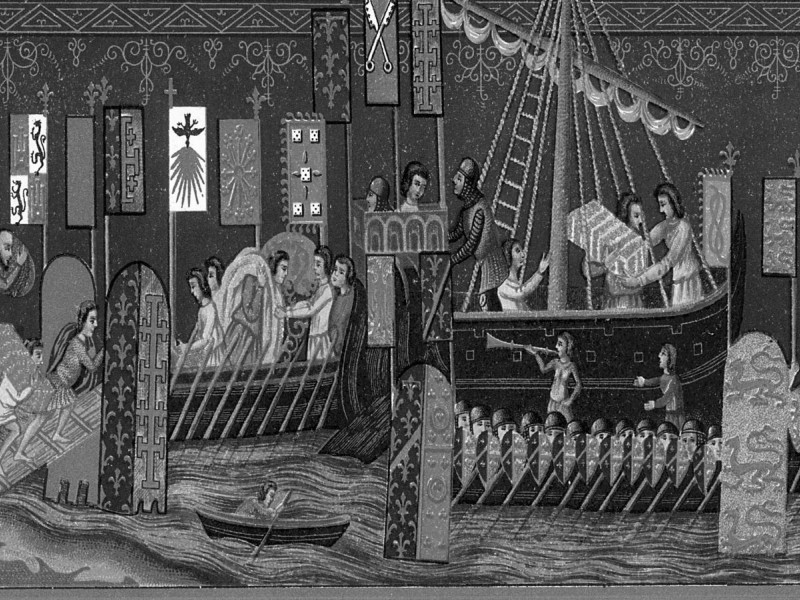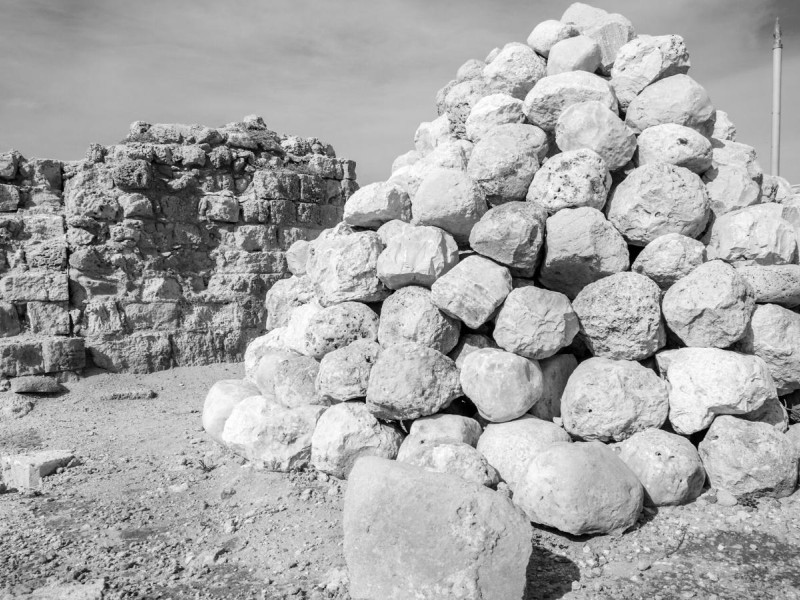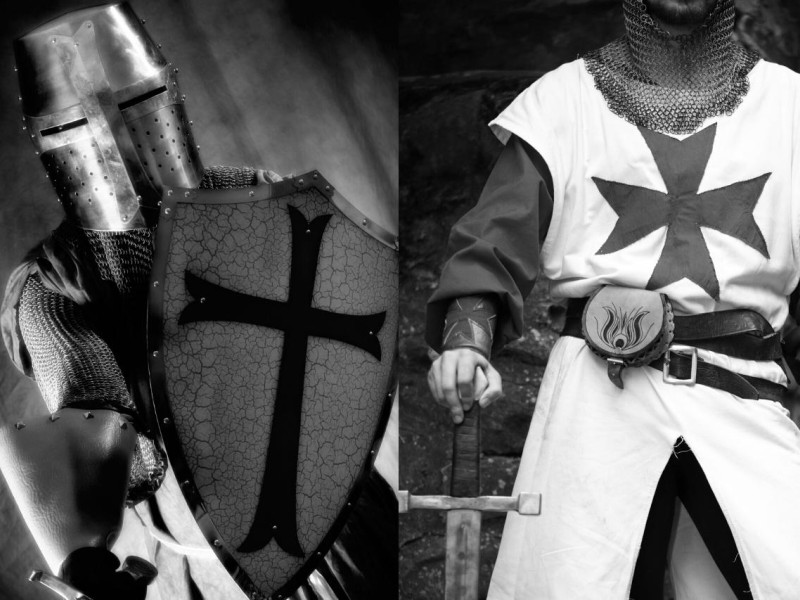What Were the Results of the Fourth Crusade? Taking Back the East
The intended result of the Fourth Crusade was for the Christians to take back control of Jerusalem, but it didn’t turn out quite as they had hoped.
The Fourth Crusade was one of about eight crusades in an attempt to retain control of Jerusalem. In the Fourth Crusade, things were just a little bit different, and their heads were turned to a different goal.
Read this to find out how the focus changed from Jerusalem to Constantinople.
What Were the Results of the Fourth Crusade?
The result of the Fourth Crusade was the destruction of Constantinople and not the conquest of Jerusalem, but let’s turn the pages back a little. In the Third Crusade, the crowned heads of Europe came together to try to take back Jerusalem from its current Muslim leader, Saladin.
They weren’t successful, and even if pilgrims were now allowed into Jerusalem for visits, Jerusalem still remained under Muslim control. The Christians hoped to change this once again in the Fourth Crusade.
Their goal was to head to Jerusalem to take it back, only this time, they were led by a different man. The Fourth Crusade began in 1202 AD, and it was at the behest of Pope III, whose original goal was to take Jerusalem back from the Muslim powers. In the end, however, the focus turned toward Constantinople, which was the greatest and most powerful city of the Byzantine Empire.
The Byzantines were Christians and believed themselves to be bastions of the faith, but they weren’t trusted by the Crusaders. The Fourth Crusade was considered the most money and profit-focused of all the Crusades, and at the end of it, the spoils were shared as well as the city. The Byzantine Empire was split between those who fought against it, but Jerusalem still remained in the hands of the Muslims.
The Byzantines Versus the Christian West: Differences That Created Contention
The Byzantines were a Christian group, and they believed that they would be a strong force against the Muslim power of the Middle East. But the Christians of the West didn’t exactly trust them, and so began the East-West suspicion.
In the minds of the Christians, the Byzantines became untrustworthy — shifty even — and they didn’t always agree with the way they chose to worship. However, the tension was more than that.
There was a classic power struggle between the Pope in Italy and the emperor of the Byzantine Empire.
Who was truly in power in the manner of the Church and the Christian religious world? Who would be the one to save Jerusalem from the clutches of the Muslims?
Neither of them in many long years had been able to take Jerusalem back. The Byzantines were seen as weak, like they wouldn’t have the strength to fight against the powerful Muslims and didn’t want to.
The Crusaders, on the other hand, were looked at as wanting to take apart the Byzantine Empire to take what good parts of it they could. Both sides were right, but, as we all know, that never seems to affect history.
Pope Innocent III: The Call to War in the Byzantine Crusades
It was time for another Crusade since the unsuccessful Third Crusade ended in 1192, but this time, the Crusade was called to action by Pope Innocent III in 1198. Normally, the crusaders who fought would be able to receive forgiveness of sins from the Church, but this time, in addition to that, Pope Innocent III threw in the added forgiveness of sins for those who paid another to take his place in the battle.
The last crusade had been a kings' war with many of the kings of Europe joining in to fight. This time, instead of kings, there was a Pope and many high-class nobles who agreed to fight and send their men.
Richard I, or Richard the Lionheart of England, would most certainly have joined them if he were still alive, but he had died in France not long before. So in October of 1202, the army set sail from Venice towards Egypt.
The Crusaders had to make a trade with the Venetians for the ships they were using to sail from there. They couldn’t pay the asking price, so they agreed to sack the city of Zara and return it to the Italians. Once they did, however, the Pope was furious, and he excommunicated both the Crusaders and the Venetians. Though it wasn’t long before he lifted the ban on the Crusaders since that didn’t make much sense.
Crusaders Attack Constantinople and the Results of the Fourth Crusade
For some reason, the Crusaders turned their focus towards Constantinople. Venice hoping to install a Byzantine Emperor for themselves to provoke sympathy and increase their trade prospects, might have been one of the reasons they decided to focus on Constantinople as the Christians made their way to Jerusalem.
Another goal might have been that the Pope could control the land further east if he had the power over the Byzantine capital. They forged an agreement with the Venetians to sack Constantinople in exchange for financial and military aid.
When they first attacked, the emperor Alexios III Angelos fled the city with one of his daughters, leaving the throne dangerously empty. The Crusaders arrived outside the city on June 24, 1203, with the goal of placing their own ruler on the throne, which they chose to be Alexios IV Angelos.
When Alexios IV Angelos turned out to be a bad fit, they decided not to use him. Pretty soon, another throne-hungry character tried to take over: Alexios V Doukas.
He strengthened the city’s walls and armies, and he even sent out attacks on Crusader camps. The Crusaders were on the edge of losing, and they decided they had to take the city or lose completely, so they tried an unsuccessful attack on April 9.
They tried again on April 12 and rammed their boats into the weaker sea towers of the city. It actually worked, and they were able to get in, attack, and slaughter the city inhabitants, bringing the city to its knees.
The Aftermath of the Battle and the Final Results of the Fourth Crusade
Constantinople was cut up like a pie and divided amongst the victors: the Venetians and the Crusaders. They sent the artwork and relics back to Europe. Buildings and churches were destroyed. In the end, the Venetians took three-eighths of the Byzantine Empire.
After this victory, they were able to control much of the Mediterranean trade. On May 9, 1204, Count Baldwin of Flanders was given the role of new Emperor of the Byzantine Empire. Instead of trying to conquer Jerusalem once again, the main focus of the Fourth Crusade became the collapse of Constantinople.
Some knights did make their way to the Middle East, but their small forces weren’t enough to take back the city, and it still remained under Muslim control. Thus ended the last Christian crusade.
Conclusion
Here are the main points we learned about the results of the 4th Crusade in the article above:
The point of the Crusades was for the Christians to take back control of Jerusalem from the Muslims
The Third Crusade hadn’t been successful, so Pope Innocent III hoped to try to wrest control from the Muslims in the Fourth Crusade
The Fourth Crusade began in 1202 AD, led by Pope Innocent III
He hoped to take over Jerusalem once more, but the focus changed along the way to Constantinople, the capital of the Byzantine Empire
The Byzantines and the Christian Crusaders distrusted each other for many reasons
The Crusaders thought the Byzantines were shifty and untrustworthy
The Byzantines thought that Crusaders were out for anything that would give them profit
The Crusaders joined the Venetians, but they had to make a few negotiations to get the Venetians to assist them
Along the way, the Venetians and the Crusaders cultivated their own hopes for the future and drew the focus of the western Christians to attack Constantinople instead
The emperor fled when they first attacked, so they attempted to put their own leader on the throne
After that didn’t work, another man took the throne, and the Crusaders had to battle against his strength
The Crusaders eventually won through tenacity, and the Venetians and the Crusaders split up Constantinople amongst themselves
They didn’t make it to Jerusalem as a whole army. The 300 knights that did weren’t strong enough to take over, so they didn’t make any progress there
The result of the Fourth Crusade was the sack of Constantinople and not the conquest of Jerusalem, as they had hoped
The Fourth Crusade was just another stop on the journey towards returning Jerusalem into Christian hands. It didn’t turn out quite as anyone hoped in the beginning, but perhaps it worked to the advantage of the Christians in the end.
The result of the Fourth Crusade, which was the conquest of Constantinople, helped them edge closer to Jerusalem and to their ultimate desire: to take it back from Muslim forces.
